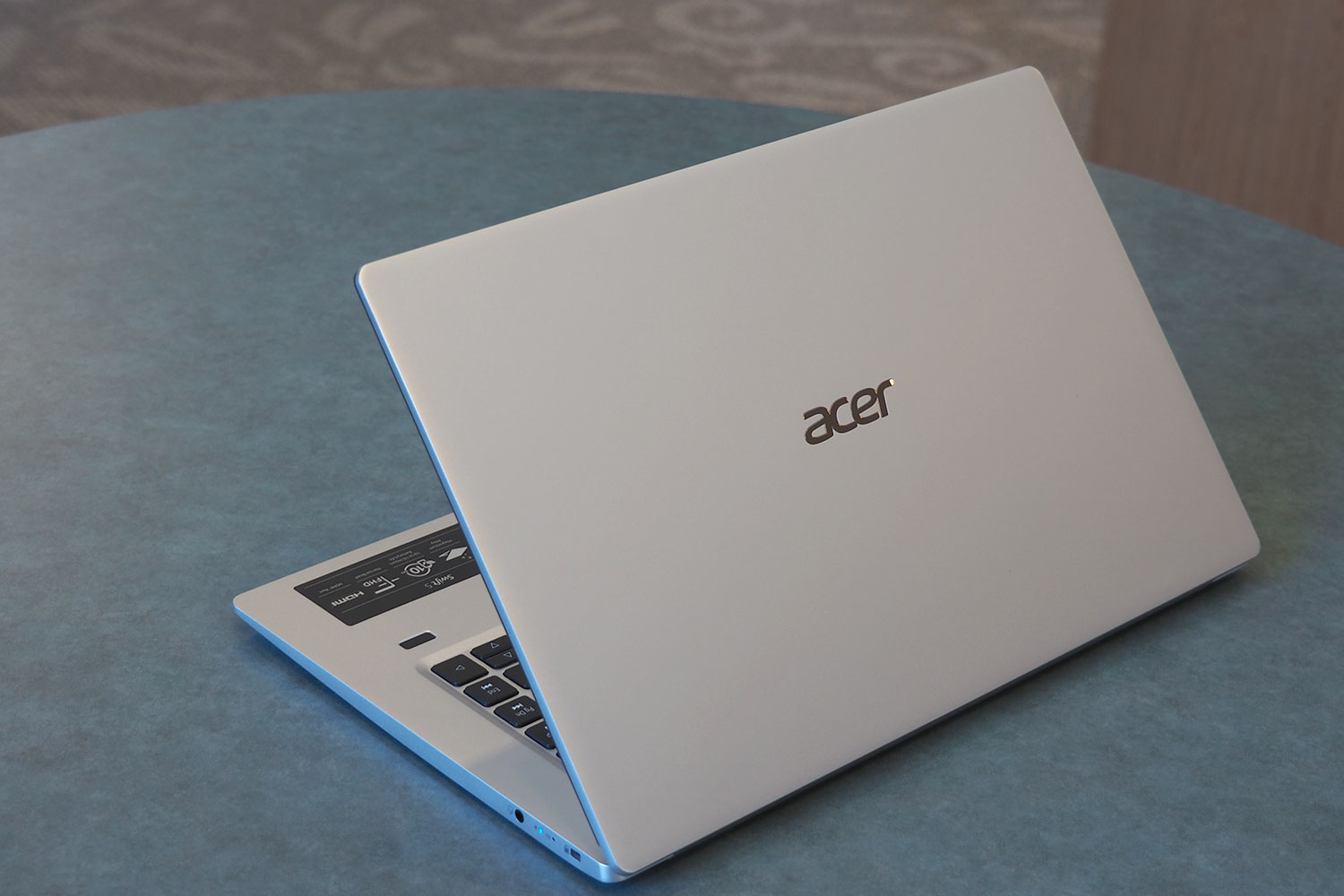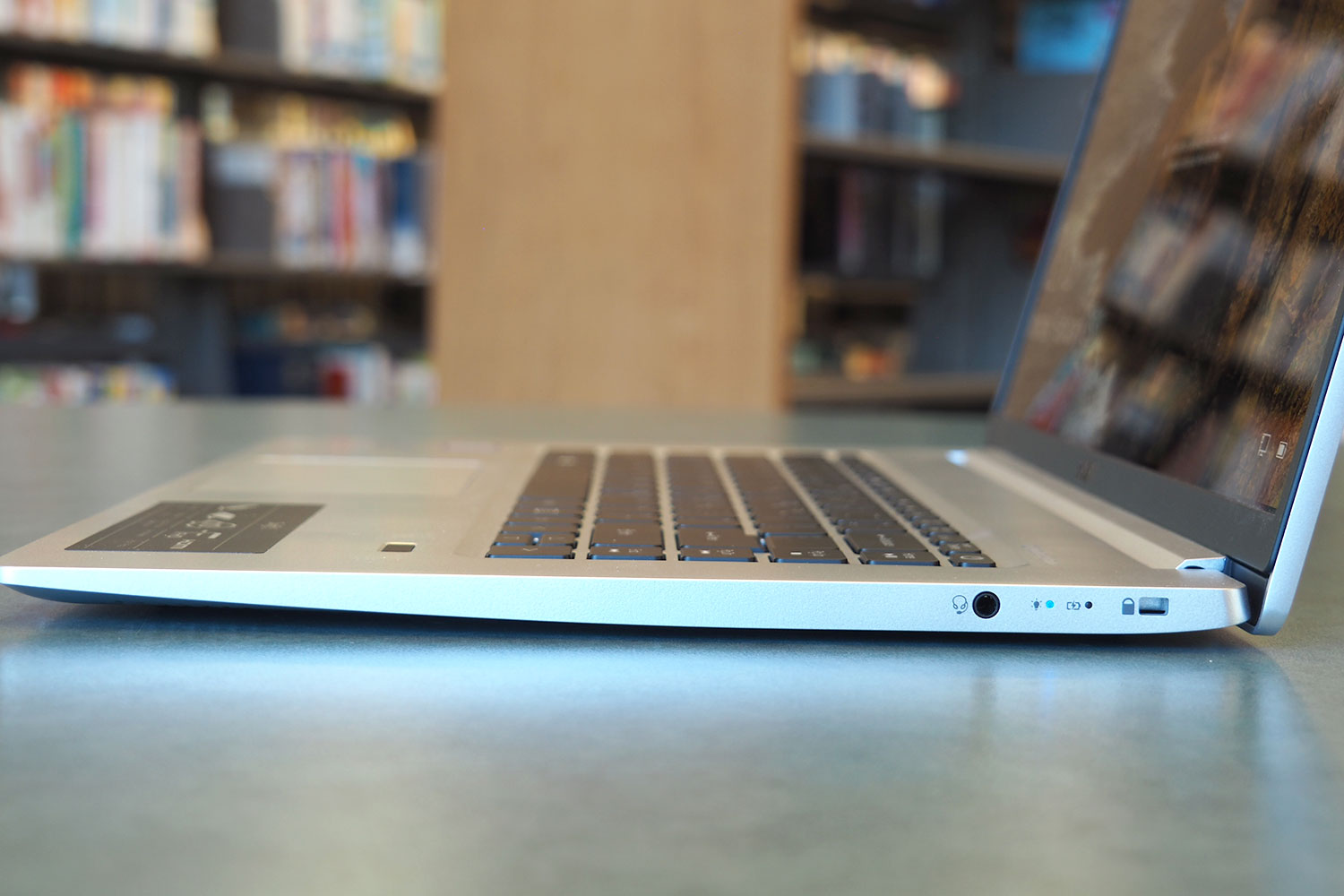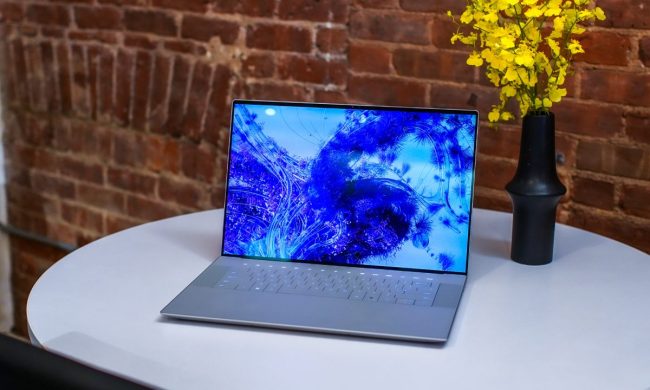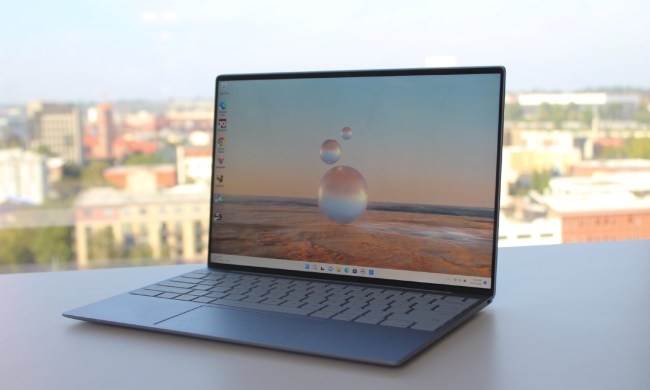
Some laptops, like Dell’s XPS 15, aim to be all-around performers and fit well in a variety of environments. Others, like Acer’s 2019 Swift 5, are laser-focused on a single attribute — in this case, on being the lightest 15-inch laptop in the world.
Is it better to be a Jack of all trades or a master of one? We took a look at the Swift 5 and the XPS 15 to see which 15-inch laptop is best worth your investment.
Design

The Swift 5 and XPS 15 are both built around 15.6-inch displays, but the Dell benefits from smaller bezels (with an unfortunate up-the-nose webcam angle that the Acer avoids). It also manages, therefore, to fit into a smaller carbon-fiber and aluminum chassis. The Acer, on the other hand, leverages a magnesium-lithium alloy to fit its components into the lightest weight among all 15-inch class laptops. And it’s a stunning differential indeed, with the Swift 5 coming in at a miraculous 2.2 pounds, while the XPS 15 is more than twice as heavy at 4.5 pounds.
The XPS 15 does feel more solid in hand, though. The Swift 5 doesn’t feel like it won’t stand up to abuse, but it has some flex in the lid, keyboard deck, and bottom that the XPS 15 doesn’t demonstrate. And the XPS 15 is a better-looking laptop, with its black and silver color scheme being a touch less conservative than the all-silver Swift 5 that looks like it wants to fade away into the background.
In addition, both laptops offer keyboards with similar travel and spacing, but the XPS 15’s feels precise without requiring quite as much pressure as the Swift 5’s. That makes the former’s keyboard more comfortable for longer typing sessions. Both laptops offer Microsoft Precision touchpads as well, but again the XPS 15’s is more comfortable thanks to a smoother surface than the Swift 5.
Regarding connectivity, the Swift 5 provides a mix of ports including two USB-A 3.1 ports, a full-size HDMI port, and a USB-C 3.1 Gen 2 port. The XPS 15 is is similar, also offering two USB-A 3.1 ports, a USB-C port (but with 40 Gbps Thunderbolt 3 support), and an HDMI port. The addition of Thunderbolt 3 support gives the XPS 15 a significant edge here.
The Swift 5 has one thing going for its design: it’s incredibly light. The XPS 15, though, feels more robust, looks better, and has better connectivity.
Performance

The Acer Swift 5 is built around the Whiskey Lake quad-core 8th-generation Intel Core i5-8265U or Core i7-8565U, 15-watt parts. The XPS 15 aims for higher performance, with an 8th-generation six-core 45-watt processor in the Core i7-8570H. The Swift 5 is plenty fast for productivity work, but the XPS 15 has a significantly higher ceiling and can handle more demanding creativity tasks. Throw in the GTX 1050 Ti for support on the graphics side of things, and you’ve got a fantastic laptop for creative work. Both laptops have speedy PCIe solid-state drives (SSDs) and so neither will make you wait while saving and accessing your data.
Their displays are also a significant difference, with the XPS 15 offering excellent Full HD and 4K options that bother enjoy wide color gamuts, accurate colors, and very high contrast and brightness. The Swift 5’s Full HD display is just average, with good enough colors, brightness, and contrast for productivity work but falling short for creative professionals.
The XPS 15 is significantly faster and its displays look so much better.
Portability

We’ve already pointed out the Swift 5’s main benefit: it’s incredibly lightweight and in fact, feels almost insubstantial given its overall size. That makes it easier to carry around.0
But, it gains some of its lightweight from Acer’s decision to pack in only 54 watt-hours of battery capacity compared to the XPS 15’s 97 watt-hours. That means that the XPS 15 is going to last a couple of hours longer than the Swift 5 no matter how you’re using them, and that’s pretty remarkable given the Dell’s more powerful CPU.
The XPS 15 is twice as heavy and you’ll notice it in your backpack, but it also lasts longer on a charge.
The XPS 15 is worth the extra pounds

The Swift 5 is right on the border of premium pricing at $1,000 for a Core i5, 8GB of RAM, and a 256GB SSD. You’ll spend $1,400 to upgrade to a Core i7, 16GB of RAM, and a 512GB SSD.
The XPS 15 is more costly at the high end. It starts at $1,000 for a Core i5-8300H, 8GB of RAM, and a 1TB hard disk drive (HDD). And you can spend as much as $2,900 for a crazy-fast Core i9-8950H, 32GB of RAM, a 1TB SSD, GTX 1050 Ti, and a 4K display.
The XPS 15 is faster, last longer, looks better, and is simply a better all-around laptop. You’ll just have to put up with some extra weight.


